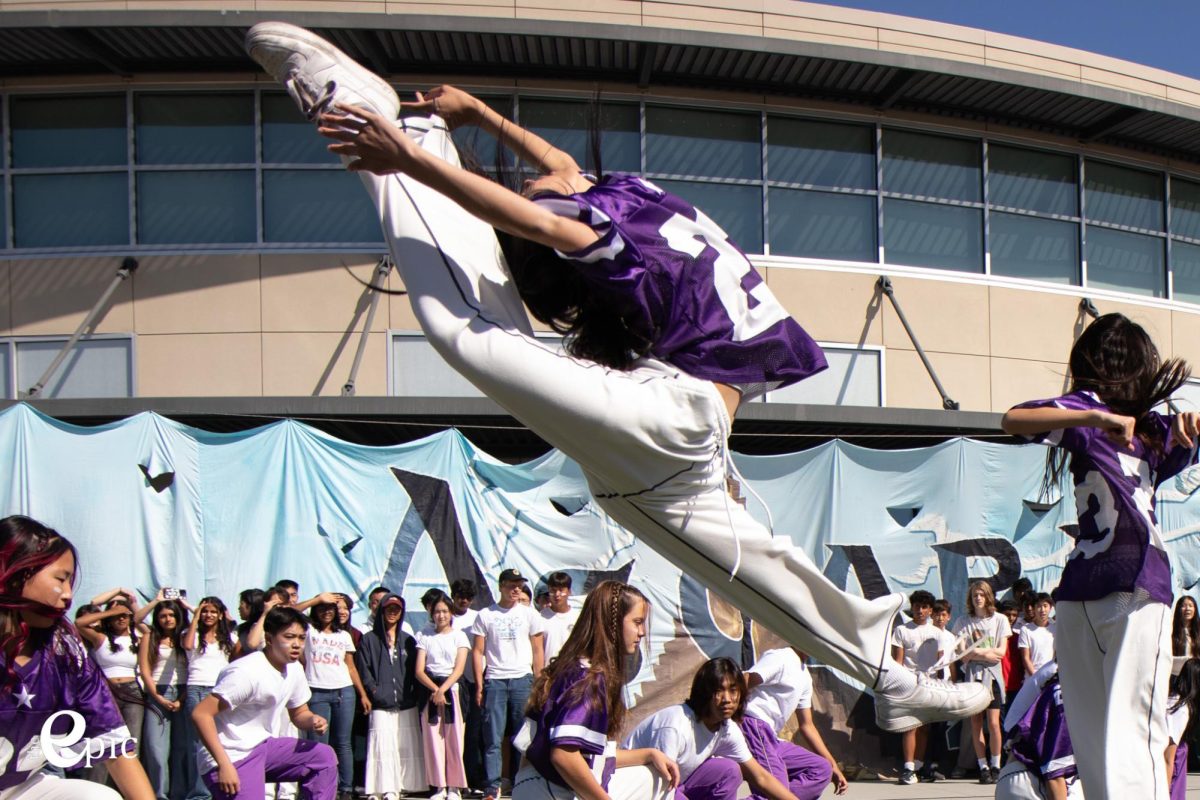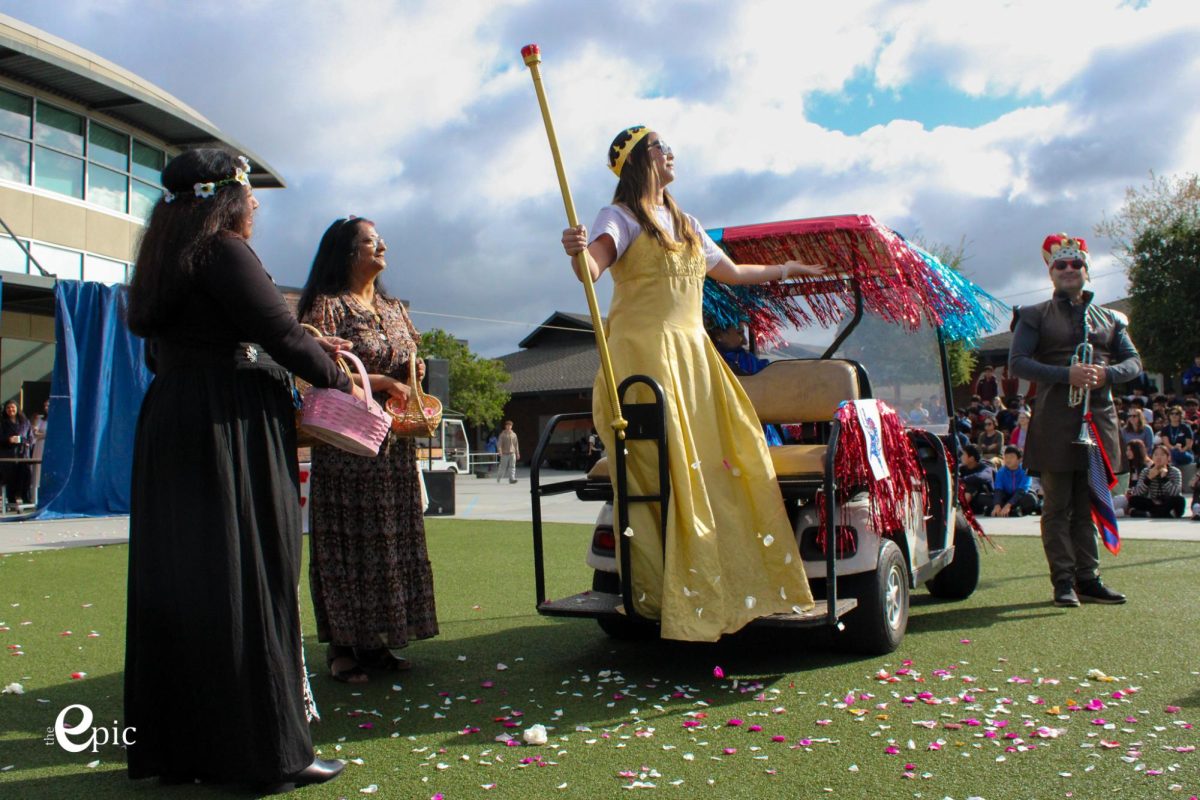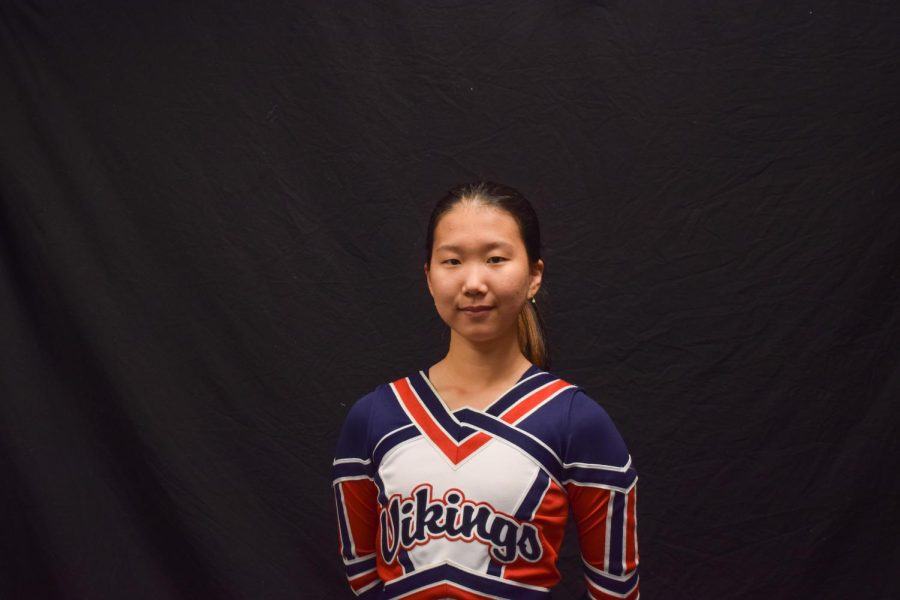What it means to be a cheerleader
November 7, 2022
“Why did you join cheer? Cheer does not even do much,” people around me ask.
Well, we as a cheer team do more than what people expect and think, and I tell them so. We cheer at sports games, perform at every rally and Valkyries show, raise money through fundraisers and most importantly, we commit a lot of our time.
When I was still in middle school, high school cheerleaders were my idols. I had always envisioned myself in uniforms, attending football games and cheering with my teammates. Ever since then, I started asking questions about tryouts, and finally made it to the team I had idolized for years. However, after I joined the cheer team two years ago, I came to know the stereotypical judgements from others. They think cheerleaders are just there to sit and look pretty, gossiping about everything. Being weak, fragile and non-athletic are typical misconceptions people draw from cheerleaders. However, being on a cheer team involves a lot of commitments. We practice 10 hours every week, and it is a year- long sport. We have practice every Tuesday and Thursday from 6:00 p.m. to 8:30 p.m., and Saturday practice from 8:00 a.m. to 1:00 p.m., moved to 9:00 a.m. if there was a game the night before.
No time is wasted during these long practice hours. These practices are the most exhausting and intense 10 hours of my week. We use that time for stunting, tumbling, learning new choreographies and cheers. We must always use our time wisely and efficiently because the amount given to us is never enough. Nothing is easy when it comes to stunting. Stunting is group work where a lot of strength and concentration is required. It is very easy for someone to lose focus, leading to injuries, which affects our performances most of the time. This is why time management is very important as a team, to put all work together on time, and have enough time to practice. Moreover, we attend all home games for both football and boys basketball, which adds three extra hours to our weekly commitment.
People often also do not know that cheer is an extreme sport, where lots of accidents and injuries can occur. There is a high risk of concussion, bruises, and pulled muscles among many other kinds of injuries. After every practice, we get new bruises everywhere: on our arms, legs, shoulders, chest and sometimes even on our faces. Pulled, sore and tight muscles everywhere are frequent as well. When stunting, we lift people up above our chests or heads, often even throwing them in the air and catching them. It may sound and look easy, but you never know until you actually try.
Then why do I risk everything to be on the cheer team? The answer is simple: I love cheer. My passion motivates me to stay on the team no matter how I am viewed by other people. These motivations are never too great; learning a new stunt, watching one of the football players making a touchdown, and having teammates who tell me I am doing great. Just being on a team means a lot to me, and gives me pride. What others say does not matter much to me, because I am proud to be the cheer captain.
I really hope students understand more about cheer and change their stereotypical views toward us. It is hard to understand everything about us and what we do, but just knowing a part of our commitment will go a long way.


































































